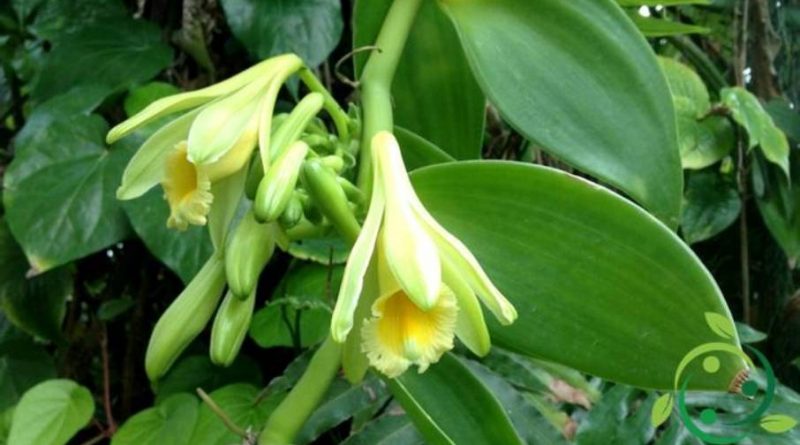Artificial Pollination
Artificial Pollination
Artificial pollination is a technique applied in agriculture when spontaneous pollination is insufficient or when particular characteristics are desired in descending plants. Artificial pollination can be manual or mechanical.
In the case of manual pollination it takes place thanks to the manual transfer of the pollen by means of special brushes or directly rubbing the male flowers on the stigmas of the female flowers.
In the case of mechanical pollination, nowadays more and more particular drones are spreading, able to carry out this technique also in a particularly targeted way. The use of artificial pollination may be necessary for various reasons.
One reason may be the lack of natural pollinators; this problem, which has become more frequent in recent times, may be due to the cultivation of species outside their area of origin (as it was adopted in the case of Vanilla planifolia), or it may be linked to the need to select specific varieties.
As mentioned, in recent times the use of artificial pollination is required, especially to make up for the lack of pollinators following the intensive use of pesticides and biocides in general.
The use of biocides in agriculture is a technique that tampers with the delicate ecological balance, first of all those of the distribution and quantity of pollinators, that is pollinating insects.
However, the role of artificial pollination can trivialize the relationship between pollinator and plant which is much more complex and is not limited only to fertilization but to a series of functions, still not completely clarified today.
This type of pollination is however also used to carry out selected crossings on previously emasculated plants.
Another purpose of manual pollination is to control pollen exchanges and thus have control over descendants (as in the case of cucurbits).

